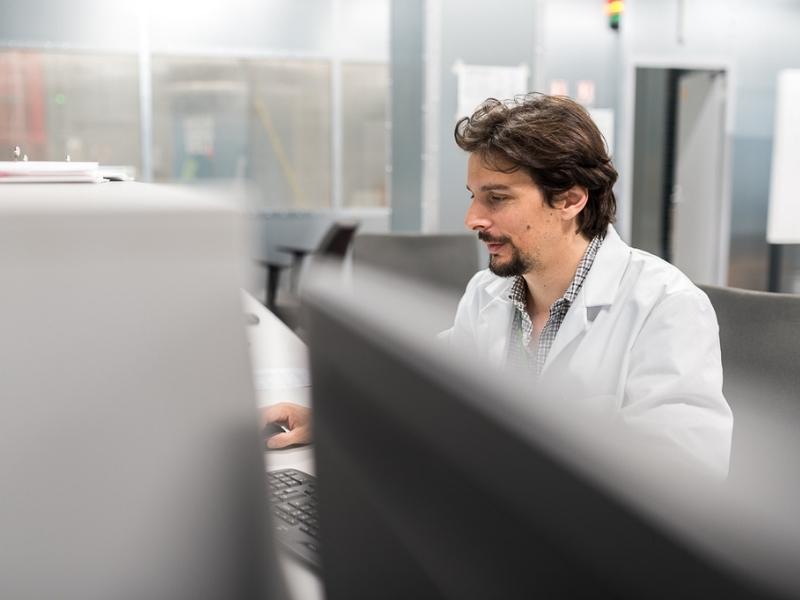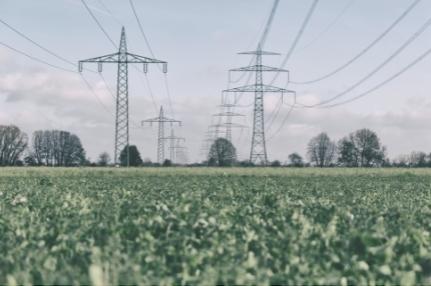Recherche & collaboration
Qu’est-ce qui nous rend unique ?
SuperGrid Institute doit son succès aux personnes qui composent nos différents départements de recherche. Nos équipes viennent d’horizons divers, tant industriels qu’universitaires, et la richesse de leur expérience et de leurs compétences rend l’Institut unique.
Chaque personne apporte une expertise spécifique et ce vivier de connaissances offre aux spécialistes de différents domaines la possibilité de collaborer sur des solutions innovantes pour résoudre des problèmes techniques.
L’Institut bénéficie d’étroites relations de collaboration avec des acteurs de l’industrie et des institutions académiques. Alors que les forces complémentaires de nos partenaires apportent des éclairages et des approches innovantes aux défis techniques, nous développons nos départements de recherche en toute indépendance. Des investissements conjoints publics-privés et des projets de collaboration financent le travail.
Les installations de recherche, les plateformes de test et les laboratoires de pointe de SuperGrid Institute sur les sites de Villeurbanne et de Grenoble sont la clé du succès de nos départements de recherche.


Nos dernières publications scientifiques
Optical leakage current monitoring for HVDC cables: concept, latest sensor development and perspectives
SuperGrid Institute has been developing a novel leakage current sensor, based on a magneto-optical technique, the Zeeman Effect.
Grid integration of high-power MVDC superconducting cables based on HTS and MgB₂
Recent progress in MVDC superconducting cable technology is reported within the SCARLET project.
Pumped-storage hybridization in the context of insular power systems
The present paper investigates a hybrid frequency support strategy, using supercapacitors integrated into a pumped-storage project for an island grid.







